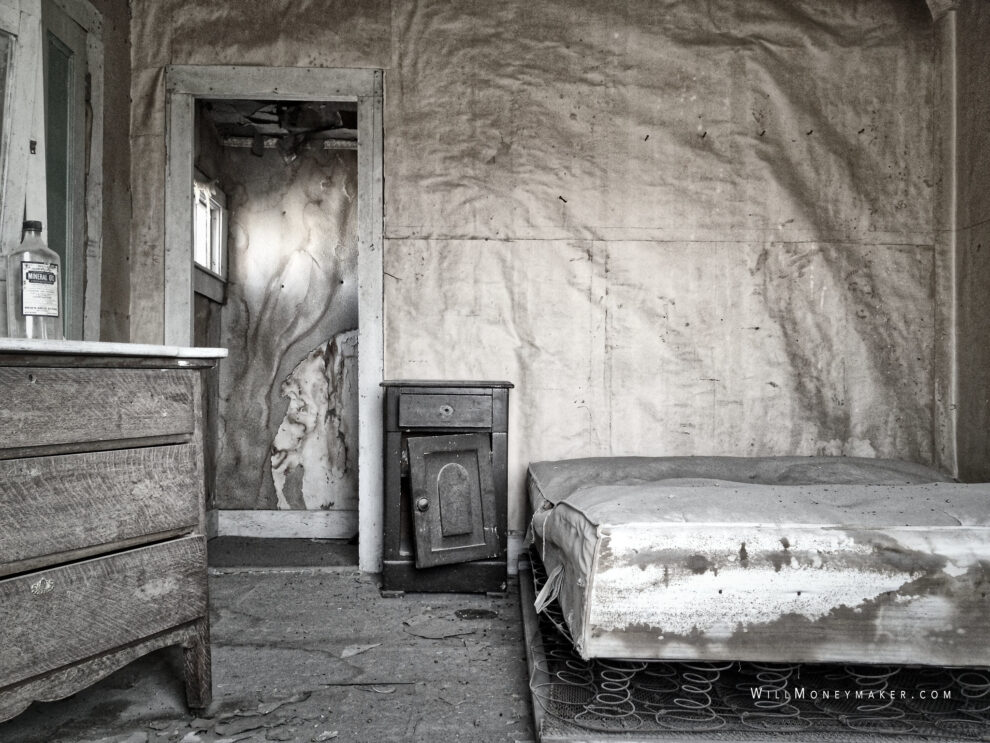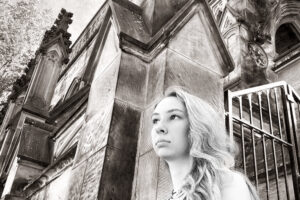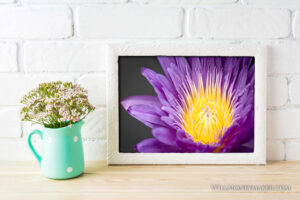In the realm of photography, there are all different kinds of photography. If you’ve been following for a while, then you’ve probably seen me classifying photography by genres, subject materials, styles, techniques—there are just so many ways to break it down. These different classifications are helpful, in my opinion, because they help us to look at photography in different ways. So here’s another classification that we can sort photography into: Active photography versus passive photography.
Let’s get started by looking at what “active photography” means. This would be the type of photography in which we have a plan. We know, before we ever leave the house, what it is that we’re going to photograph. Often, we’ve put a lot of time and thought into the creation of these photographs before we’ve even left the house. When we do leave the house, we are in active pursuit of certain specific things—and that’s what makes this type of photography active. It’s a very direct form of creation in which we seek to make a particular vision come alive.
This contrasts to passive photography, which is the complete reverse of active photography, I think. When you are engaging in passive photography, you likely don’t have a plan at all. Instead, you’re out in the world as an observer. Rather than pursuing a specific vision, you’re waiting for photography to happen. If we characterize it, it’s almost as if you’re a sponge. Just taking in the world around you, absorbing information, and when the time is right, using it to create photographs as the moment strikes.
I suppose that if we wanted to add a third category to this, there is a middle ground somewhere in there in which we have a vague idea of the types of photographs we might like to take on a particular outing, but no more than a rough outline. The rest, we might leave up to the conditions of the day, or to the things that we find once we’re on location.
At any rate, broadly speaking, these are two different methods for approaching creativity. Which one is the right one? They’re both right, or to put it another way, neither can be wrong. Most photographers probably tend to favor one over the other. Some of us would much rather have a plan so we don’t come home empty handed while others deeply enjoy the exploration and discovery aspect of passive photography.
No matter which way you lean, I think it’s important to try both. If you tend to engage more in passive photography, then it can be helpful to on occasion make a plan and truly think about a photograph before you embark on a trip to create it. This can help enhance the way you critically think about images as you’re creating them, even when you are taking photographs with no particular plan in mind.
And for those of us who prefer active photography and making a solid plan before picking up the camera, well, just letting photography happen can help to give you flexibility and adaptability for those times when conditions in the field invariably change. No matter what, experimenting with both methods can only further your creative development.
Now go and enjoy the beauty of God’s creation through your lens.





